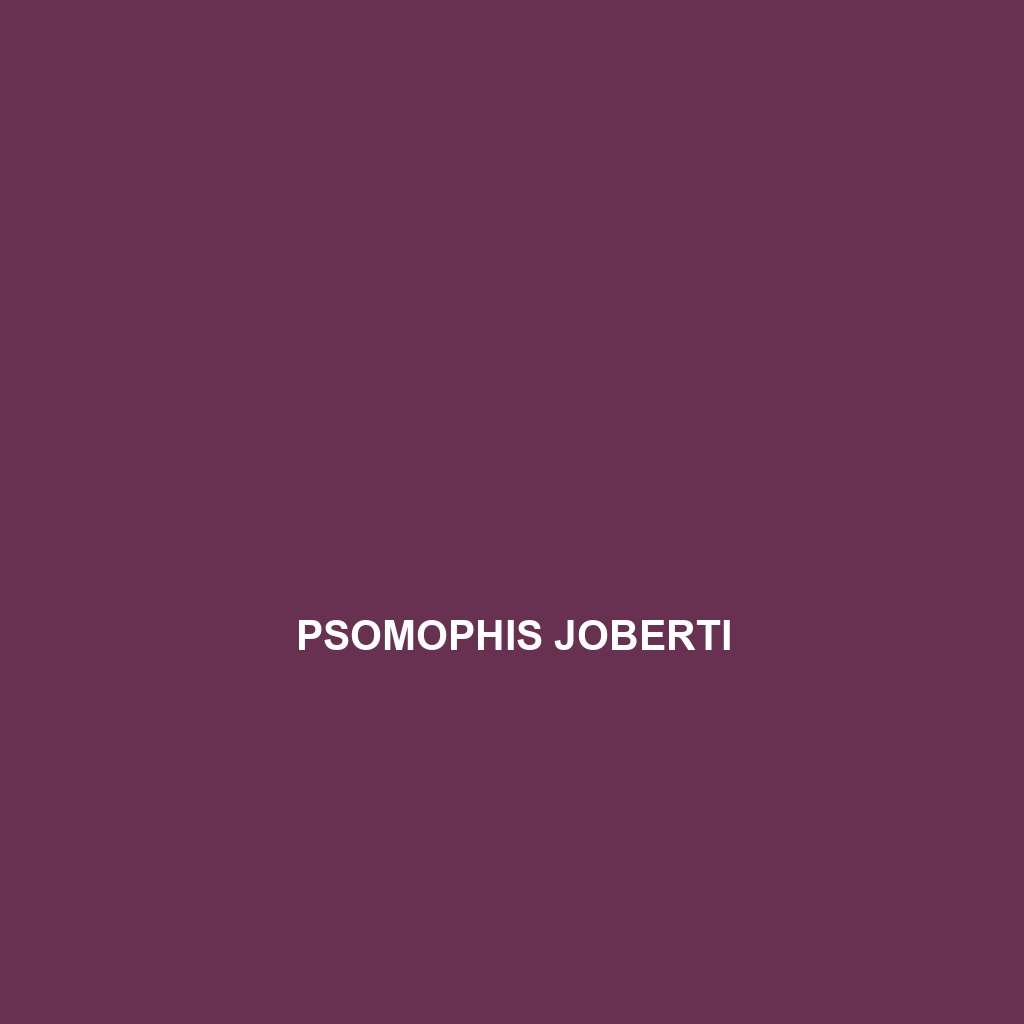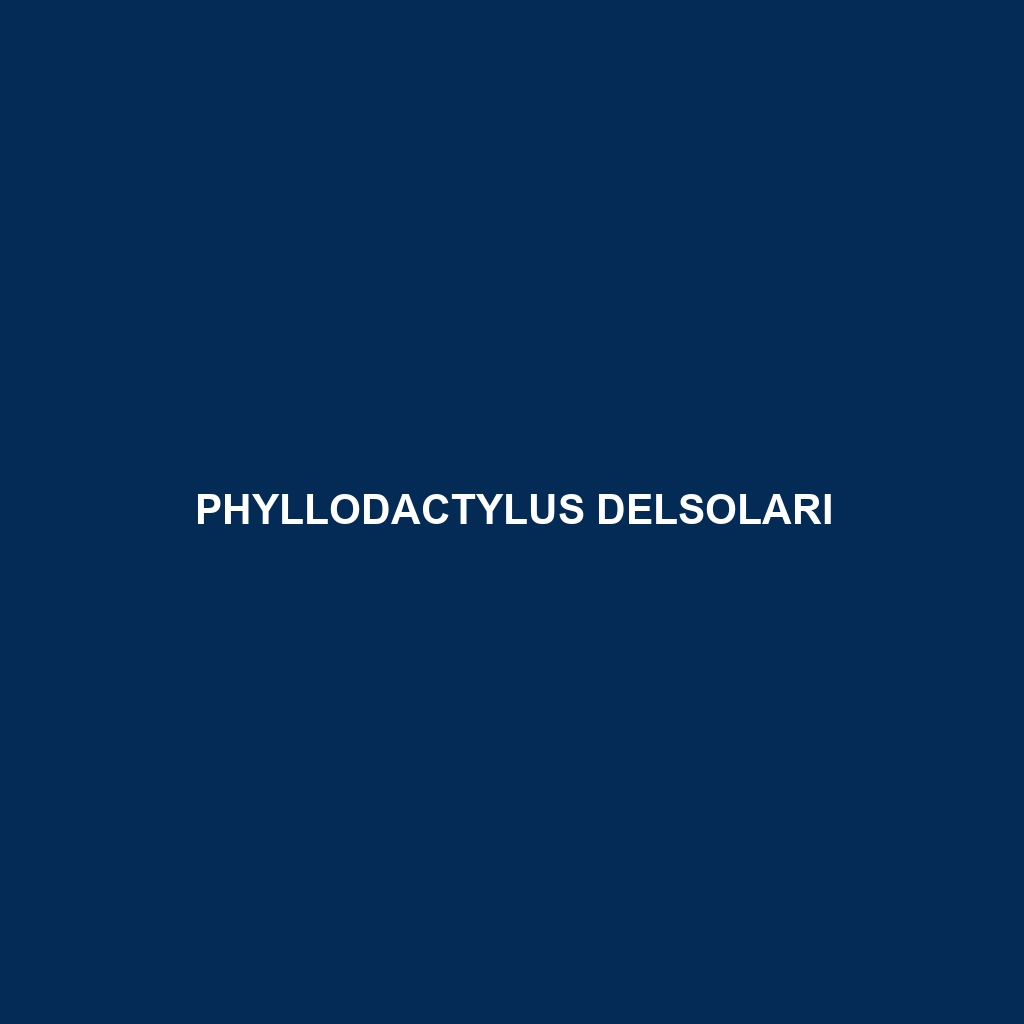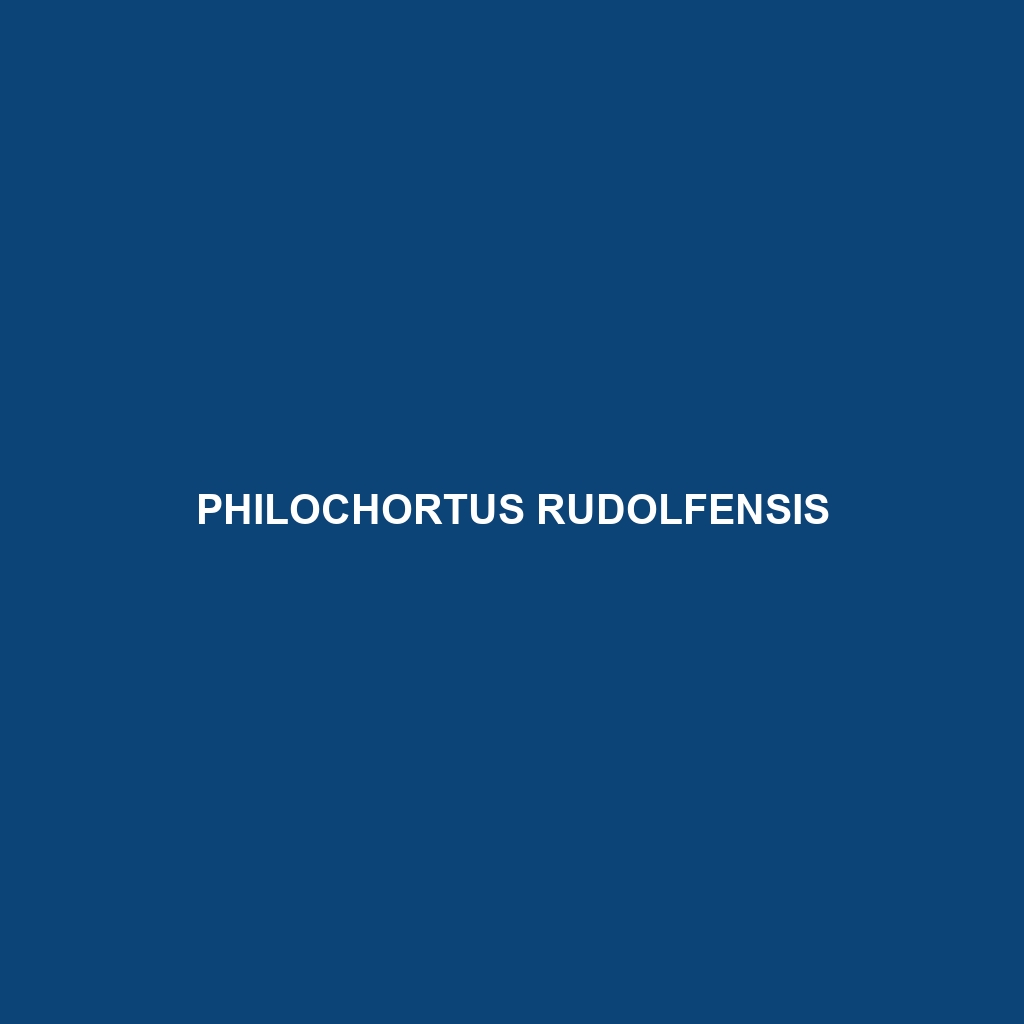Sphenomorphus pratti, commonly found in the tropical rainforests of Southeast Asia, is a moderately-sized lizard measuring 20 to 30 cm. Notable for its striking green and brown coloration that aids in camouflage, this primarily diurnal insectivorous species plays a crucial role in regulating insect populations and contributes to the ecosystem's biodiversity.
Tag: tropical habitat
Sphaerodactylus cinereus
Discover the <b>Sphaerodactylus cinereus</b>, or gray sphaero, a small, nocturnal lizard native to the Caribbean's tropical and subtropical regions. With its unique adaptability, elongated limbs, and effective camouflage, this insectivorous species plays a vital role in maintaining ecosystem balance while facing habitat challenges.
Sphaerodactylus ariasae
<b>Sphaerodactylus ariasae</b> is a small, nocturnal gecko native to the tropical Caribbean, averaging 5 to 7 cm in length, with a slender body and specialized toe pads for climbing. This insectivorous species plays a vital role in controlling insect populations while exhibiting unique mating behaviors and remarkable tail regeneration.
Psomophis joberti
Jobert's Psomophis (Psomophis joberti) is a slender, nocturnal snake native to the humid rainforests and savannas of Southeast Asia, featuring vibrant emerald green and brown coloration for effective camouflage. As a vulnerable species, it plays a crucial role in its ecosystem by regulating populations of small mammals and insects while facing threats from habitat destruction and climate change.
Psomophis joberti
Jobert's Psomophis (Psomophis joberti) is a slender, nocturnal snake native to the humid rainforests and savannas of Southeast Asia, featuring vibrant emerald green and brown coloration for effective camouflage. As a vulnerable species, it plays a crucial role in its ecosystem by regulating populations of small mammals and insects while facing threats from habitat destruction and climate change.
Platysaurus pungweensis
The Platysaurus pungweensis, or Pungwe flat lizard, is a striking insectivore native to the savannas and woodlands of eastern Zimbabwe and Mozambique, characterized by its vibrant blue and green coloration in males and a slender body measuring 15 to 25 centimeters. This diurnal species thrives in rocky habitats, plays an essential role in controlling insect populations, and is recognized for its unique mating displays and coloration changes during the breeding season.
Phyllodactylus delsolari
<p><b>Phyllodactylus delsolari</b>, commonly known as the Delsolari Leaf-toed Gecko, is a nocturnal insectivore found in Central America's rainforests and savannas, featuring a slender body that measures 8 to 10 inches and exhibits excellent camouflage. This vulnerable species plays a crucial role in its ecosystem by regulating insect populations and serving as prey for larger animals.</p>
Pholidoscelis lineolatus
Discover the Lineolate Skink (Pholidoscelis lineolatus), a vibrant, agile reptile native to the tropical rainforests and savannas of the Caribbean. Known for its iridescent scales and distinctive longitudinal stripes, this insectivorous skink thrives in diverse habitats, playing a crucial role in maintaining ecosystem balance.
Philochortus rudolfensis
<p><b>Philochortus rudolfensis</b> is a diurnal omnivore native to East Africa's savannas and grasslands, recognized for its agile movement, striking coloration, and social foraging behavior. This species plays a vital ecological role by controlling insect populations and facilitating seed dispersal, while its conservation status is currently classified as Least Concern.</p>
Phelsuma borai
<b>Phelsuma borai</b>, also known as the Borai gecko, is a vibrant, small to medium-sized reptile native to Madagascar's humid rainforests. Known for its striking green or blue hues and unique adaptations for an arboreal lifestyle, this species plays a crucial role in controlling insect populations and may contribute to the pollination of native plants.









